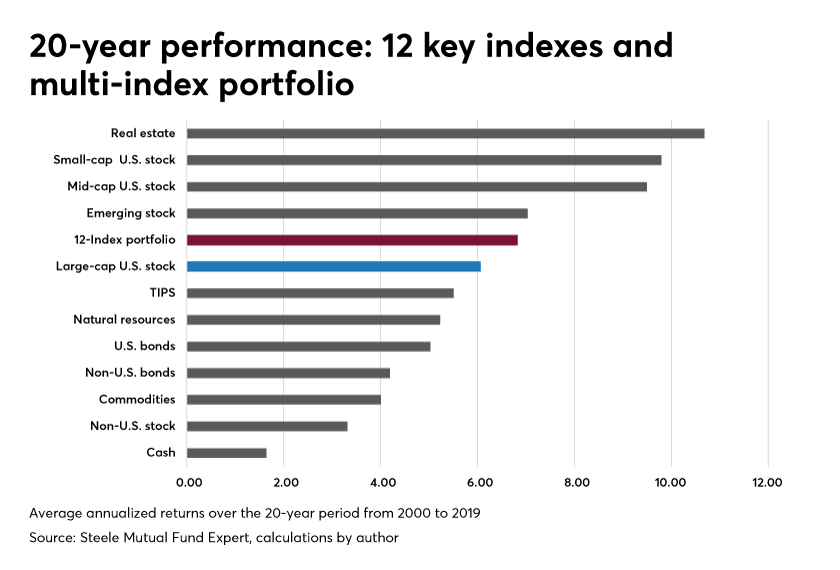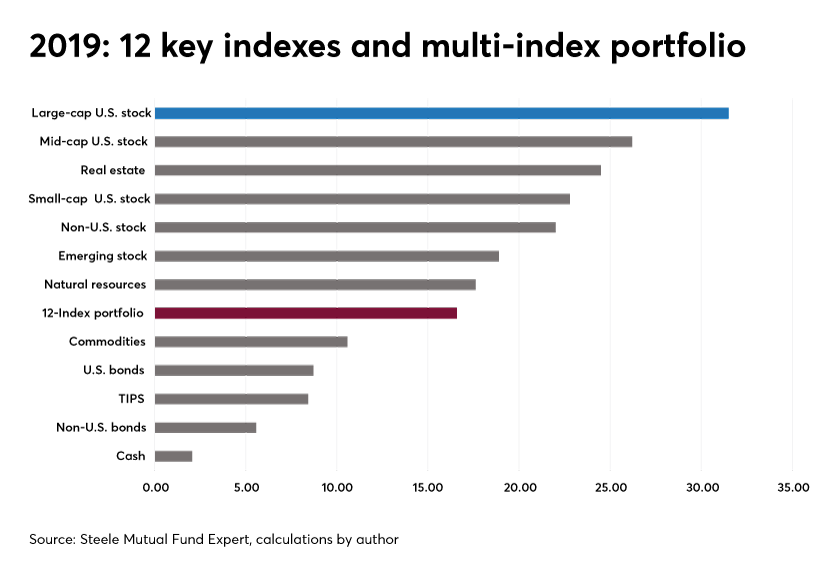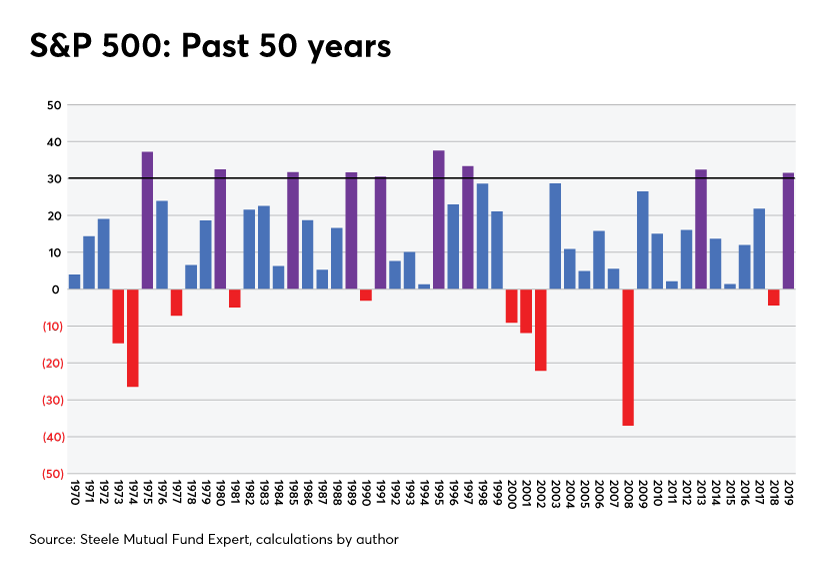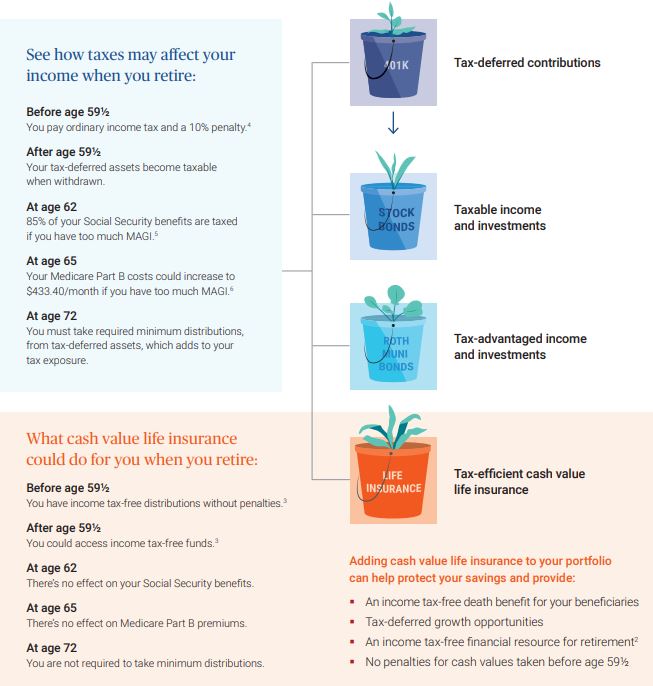The pro-rata rule
The pro-rata rule states that any withdrawals you take from IRAs be equally divided between taxable and non-taxable funds. Under the pro-rata rule, ALL of your IRA holdings will affect the tax consequences of opening a Backdoor Roth.
For example, let’s say:
- You have $45,000 in a rollover IRA created from an old 401(k).
- Then you put $5,000 in a new nondeductible IRA.
- You have a ratio of 9:1 of taxable to non-taxable money.
- When you convert the $5,000 nondeductible IRA to a Roth, you will actually owe taxes of $4,500. That’s because 90% of your available IRA funds have never been taxed.
If you have a sizable existing IRA balance — be they traditional IRAs, rollover IRAs, or SEPs — this could create a large tax burden for the conversion year. One solution, if you can afford to pay the taxes, is to convert all of your IRAs to Roths at the same time.






 RSS Feed
RSS Feed
